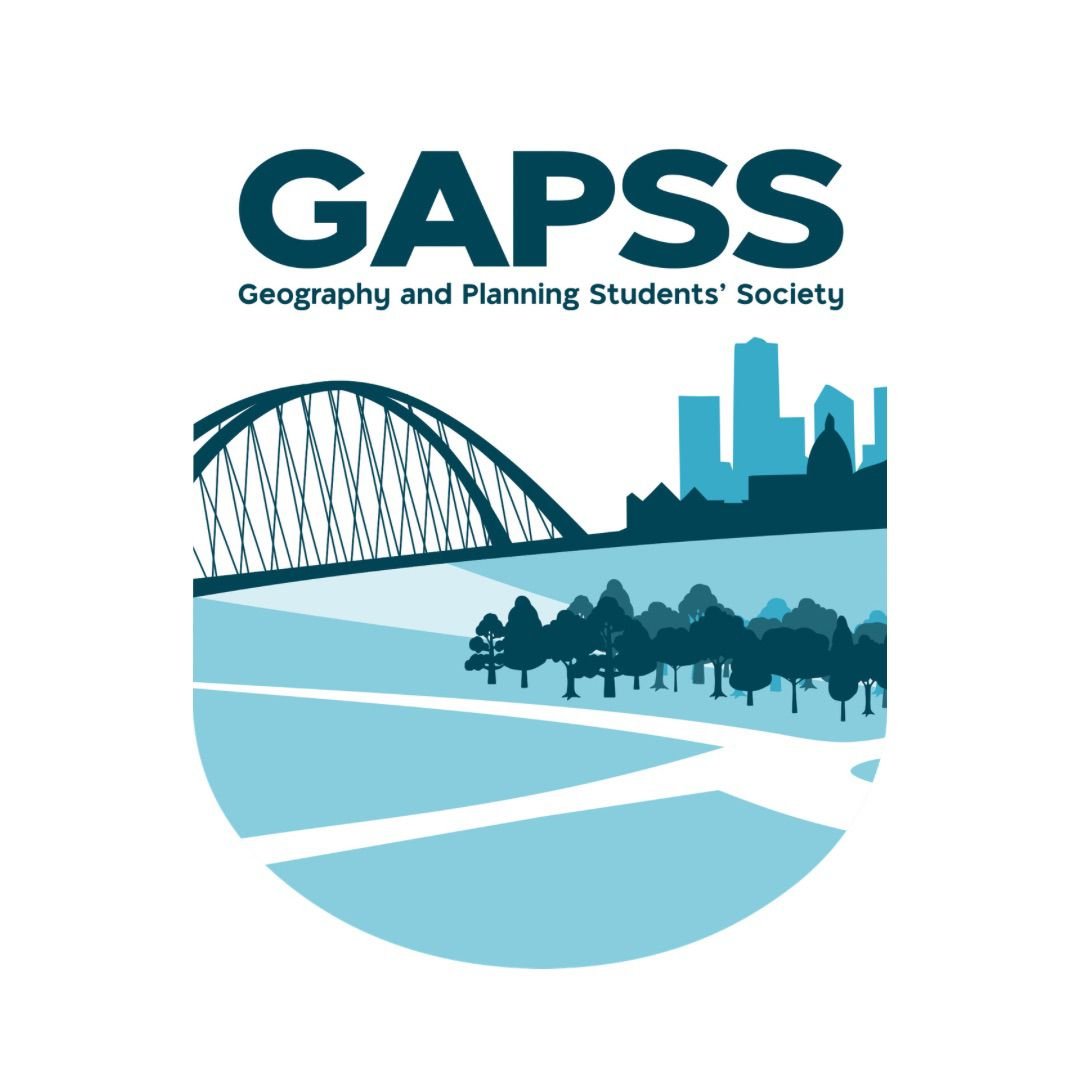The Trials of Transit
/Blog Post Written by Eugene Masakhwe
We’ve all been there, sitting on the bus during our daily commute headed to a transit terminal attentively watching for our connecting bus or train, only to see it pull away as we arrive. Now destined to be late we begin thinking about everything that went differently that day causing us to lose those precious seconds and miss our connection while we are relegated to waiting for the next bus or train to arrive. Could it have been the slow driver in front of the bus? Was there more traffic compared to other days? Did they change the traffic signals causing a red light to appear at a different time? While these questions leave us looking for answers as to why the bus was delayed, what we really need to be looking for are solutions.
While most people may say driving is the best alternative, since we are in control of our cars, it would inevitably leave us once again stuck in traffic stressed and worrying if we’re now going to be late to our destination while also having to worry about where we are going to park. In reality, the best remedy for this problem of getting caught in traffic is the addition of 24-hour bus lanes along with a system of smart traffic signals to ensure that busses can move freely and efficiently from one destination to the next.
The current expansion of Light Rail systems in cities is a good start for helping residents get to and from the core of the city rapidly, but there is also a need to ensure that the bus routes that transport people from the suburbs to train stations or between locations where the rail system doesn’t service can operate efficiently and effectively. A good example of this in action is in cities such as New York, Seattle and Toronto where bus lanes have been added to more streets to provide a congestion-free path for busses, and in the case of Toronto streetcars, to use [5] [6]. In a study performed by David Cooper and the City of Toronto, a revitalization project on King Street that involved the removal of cars along several blocks, along with restricting drivers to only right turns, saw an increase in the average speed of the streetcar increase from 5km/hr to around 15km/hr. This increase in Speed helped shave minutes off the daily commute which in turn made the streetcar an appealing mode of transport for commuters in the area who had decided to forego it due to the slower speeds [4]. This simple move shows us that even in the busiest of cities with very well-developed public transit there’s always room for improvement.
Figure 1: Plan for King St. Traffic Control
The implementation of bus lanes would also help speed up transit times for residents who choose or are not able to drive. Based on a 2010 Survey of the 8 main census municipal areas in Canada the average transit rider spent 44 minutes commuting from the suburbs to the city core compared to an individual driving who spent 23 minutes on average [1]. This paired with data from the 2016 census survey that showed all eight of Canada's Census Municipal Areas had an increase in public transit usage shows us that it would make sense to take examples that have been successful and implement them into growing cities to ensure that riders can get places without having to worry that one missed connection due to traffic could potentially add an hour or more to their trip [2]. This would also be a big bonus as it would help cities get a head start in getting transit to the newer areas of the city. An example of the success bus lanes and smart traffic signals have had on a smaller scale once again comes to us courtesy of David Cooper with the city of Calgary this time. The city of Calgary paired smart traffic lights that communicate with busses travelling along some of the busiest routes in the city. Within weeks of its implementation, this addition helped shave nearly 7 minutes off a trip along these routes. Such savings over 2 or 3 routes could result in the average 44-minute transit ride being reduced to anywhere between 23 - 30 minutes, and in our increasingly busy lives what could be more important than some extra time. This saved time could be enough to make the average transit commute just as short as the average commute via car which could be the deciding factor that takes people away from their cars and into public transit.
So next time traffic holds up your commute, don’t start trying to reason what went wrong, instead, use it as an opportunity to think of ways in which the daily commute could be made more efficient for you and millions of others throughout Canada and the world over.
Sources:
[1] Government of Canada
https://www150.statcan.gc.ca/n1/pub/11-402-x/2012000/chap/trans/trans-eng.htm
[2]Government of Canada
https://www150.statcan.gc.ca/n1/pub/75-006-x/2019001/article/00008-eng.htm
[3] David Cooper Presentation on Public Transit
[4] Mass Transit Magazine
[5] City of Toronto
[6] City of Toronto Map of King’s St. Traffic Control
https://www.toronto.ca/wp-content/uploads/2018/05/8ead-King-Street-Brochure_May2018_Web.pdf



